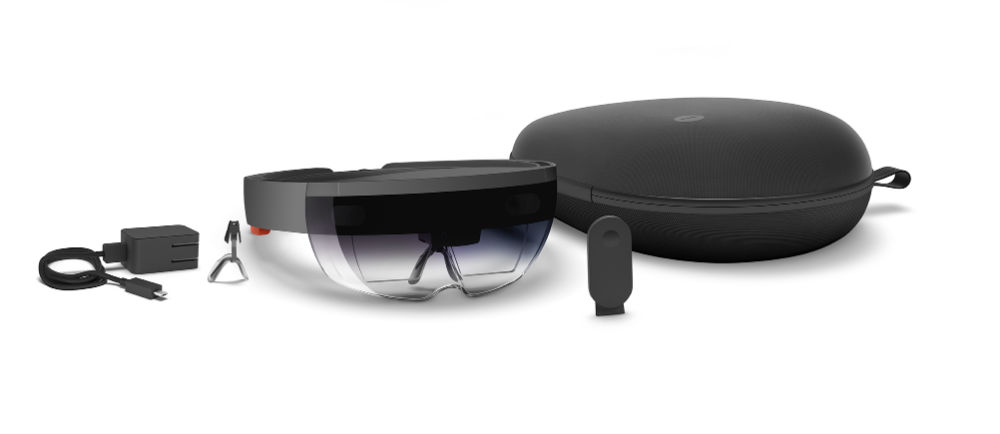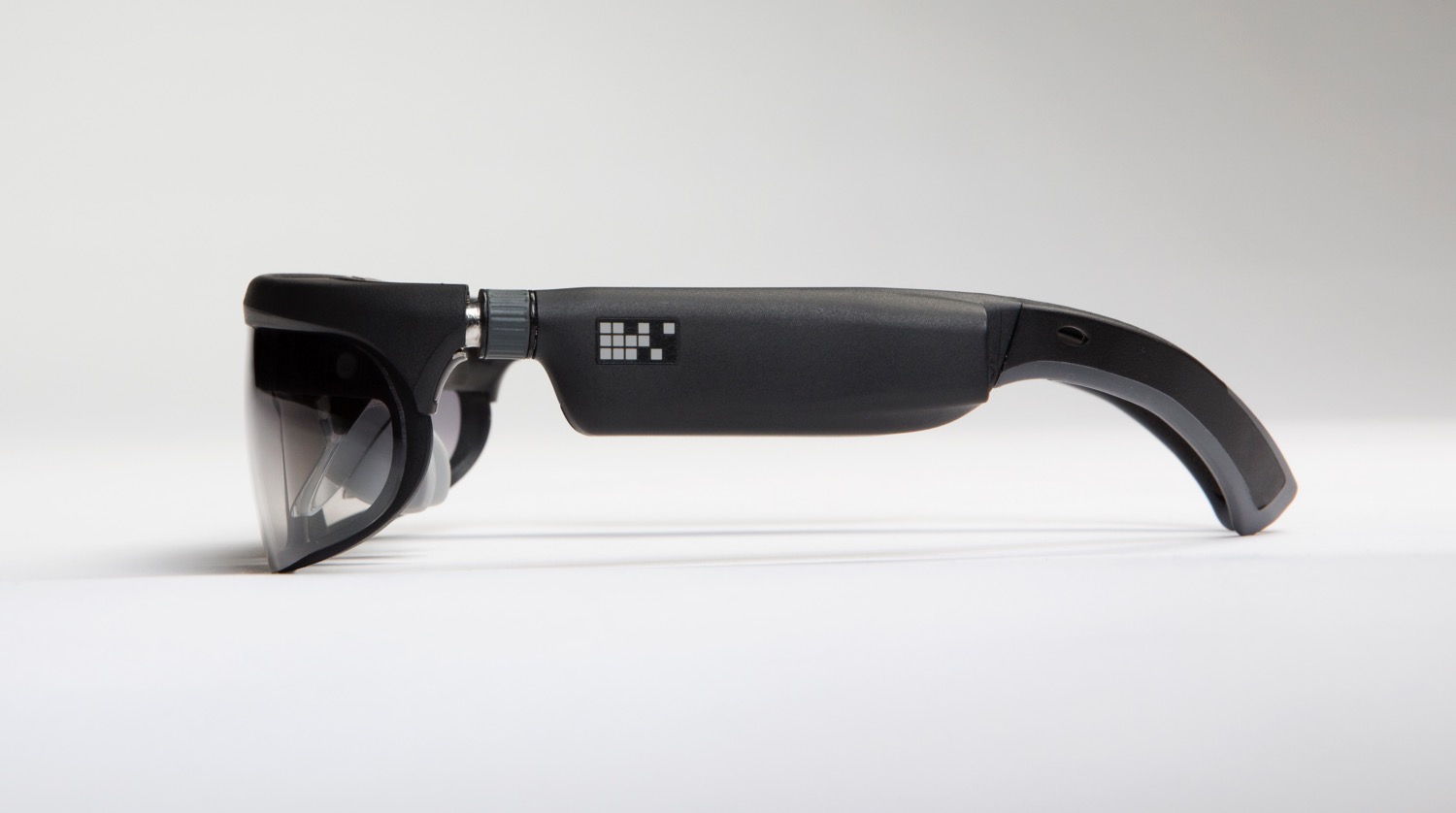Google and Apple laid the groundwork in 2017 for larger augmented reality ambitions, but it is still unclear whether compelling AR glasses will arrive anytime soon.
Hundreds of millions of iPhones and Androids got updates providing high quality AR with Android’s ARCore and iOS’s ARKit this year. AR Stickers on Pixel phones are also inserting compelling droids and stormtroopers into fun photos and videos while Apple used face tracking for cool Animojis on iPhone X.
Using ARCore to insert a walker and BB-8 here at Lucasfilm. That’s a real @David_Jagneaux though. pic.twitter.com/SidzNJlv73
— Ian Hamilton (@hmltn) December 12, 2017
But there is a large technical gap between doing cool things with a phone screen and delivering a compelling AR experience directly to your eyes. Magic Leap is targeting 2018 for an initial AR headset release and Microsoft is reportedly looking at 2019 for the next version of its HoloLens AR headset. At $3,000, HoloLens is only making inroads for use in limited ways — for things like on-site training.

The field of view, cost and overall bulk of hardware required to deliver a complete AR experience remains an unsolved problem on the road to mass market appeal. We are likely still years away from having a personal assistant that walks down the aisles of the grocery store with you. There are notably AR headsets available already like those from ODG and Meta. But they are expensive and these initial systems aren’t taking off with general consumers.

“The field of view, the quality of the display itself, it’s not there yet,” Apple CEO Tim Cook said of AR earlier this year.
Cook told The Independent “I can tell you the technology itself doesn’t exist to do that in a quality way. The display technology required, as well as putting enough stuff around your face – there’s huge challenges with that.”
The Magic Leap system promised for 2018 looks steampunk and bulky (check out the image at the top of this post) even if it offloads work to a wired processing unit you’re supposed to keep attached to a pocket. Rony Abovitz, CEO and founder of the startup which first grabbed attention with a bizarre 2013 TEDx talk, has raised nearly $2 billion to fund Magic Leap including a hefty chunk from Google.
Even if Magic Leap fulfills it’s first public promise and delivers its system to creators in 2018, it will not be perfect.
“I spent a few minutes holding out first a credit card in front of my face and then my hands to try to be able to describe how big that invisible frame is. The credit card was much too small,” Rolling Stone’s Brian Crecente wrote about Magic Leap’s field of view. “I ended up with this: The viewing space is about the size of a VHS tape held in front of you with your arms half extended. It’s much larger than the HoloLens, but it’s still there.”
So if Magic Leap’s first headset isn’t perfect and Microsoft is not slated to ship its next AR headset until 2019, does the AR industry take off in the next 12 months? Excitement will certainly build for AR in 2018, but it is looking like most people will still experience it through the glass of their cell phone.
There is so much work to be done to miniaturize electronics for AR glasses while maximizing processing power and battery life. Meanwhile, features like blocking the view of a far away object with a nearby object are still lacking from most cell phone-based AR solutions. Right now you can stand next to a digital stormtrooper but a Pixel phone will not likely recognize that you’re walking in front of the character. This is something digital objects need to get right more often for really compelling AR.
Magic Leap is even setting expectations that its first headset will only work indoors initially. It is yet another huge technical problem to ensure a safe and smooth experience with an AR headset while out anywhere in the real world. You can’t have someone walk into traffic, for example, because the real cars were blocked by a digital Star Wars character.
VR kicks off 2018 with an all-in-one system that costs just $200 and will work great while seated and there are many innovations in store for wireless solutions to move about larger areas in VR. As the report of the death of a man in Russia suggests, though, knowing the world around you indoors or outdoors matters tremendously with VR and AR and improvements need to be made there across the board for increased safety and usability.
Millions of people will use VR and AR in 2018, but I’m guessing only VR will be seen through millions of headsets sold throughout the year.


























